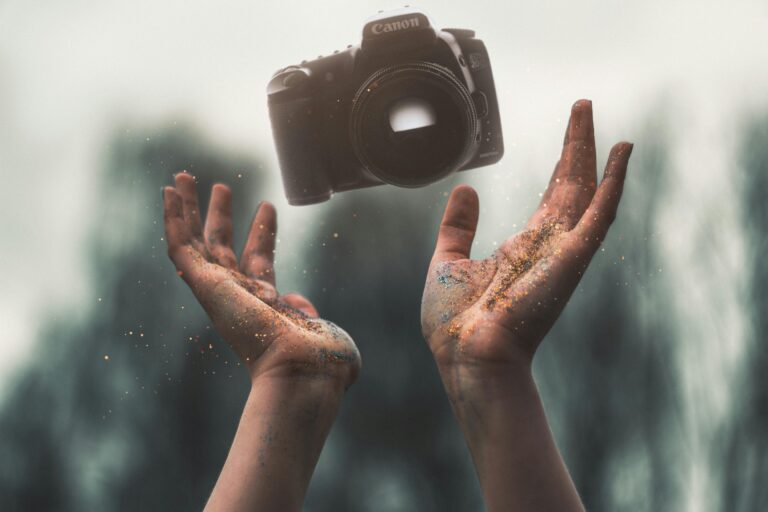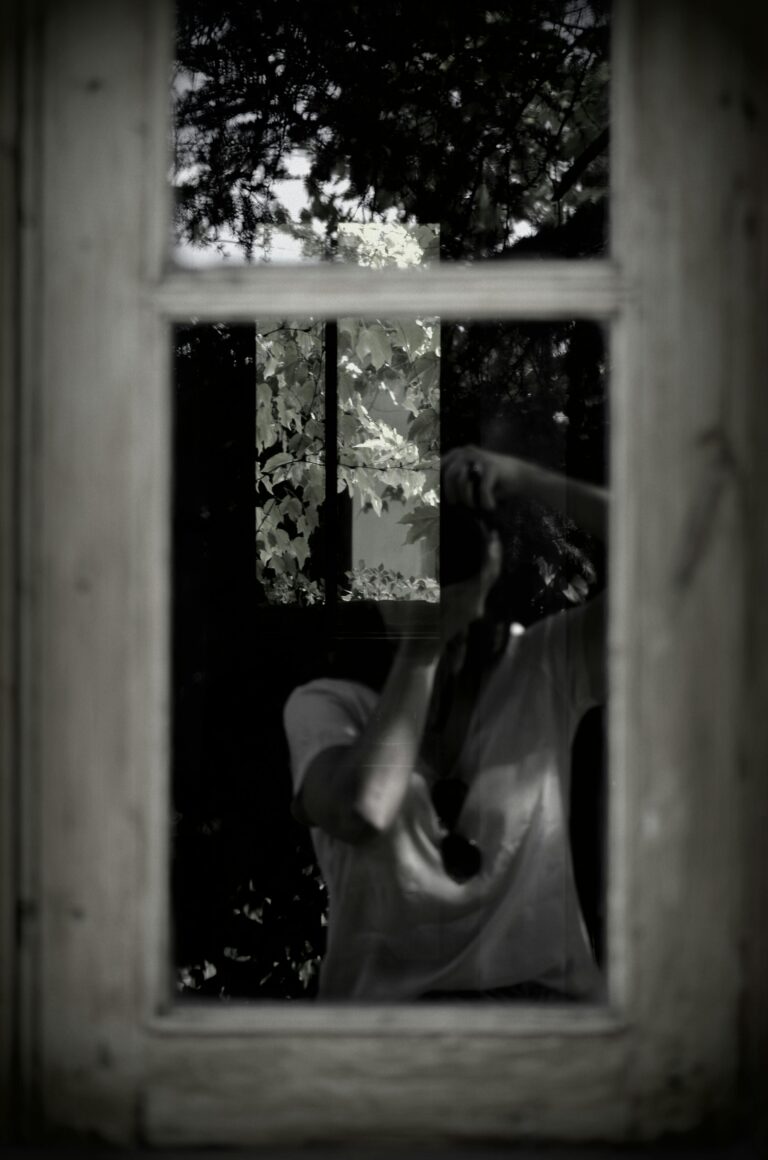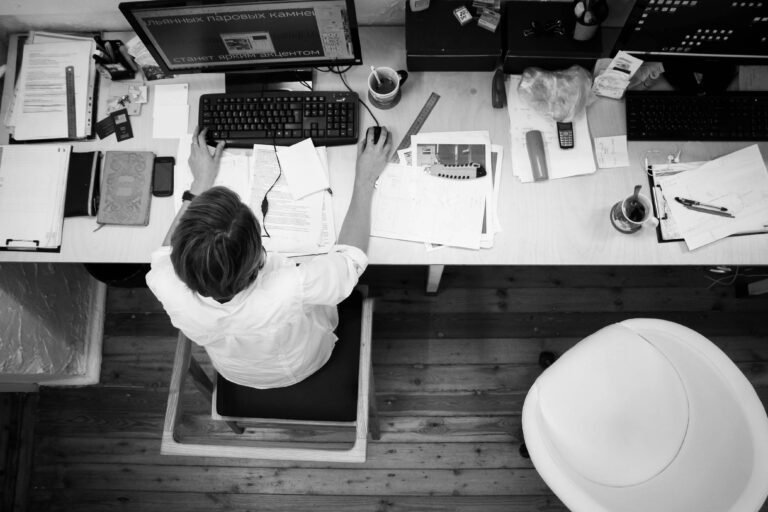Printing is more than just transferring an image onto paper—it’s about selecting the right medium to enhance the details, tones, and overall impact of your work. The right paper can make an enormous difference in how your prints are perceived, whether you’re showcasing them in a gallery, selling them to clients, or simply creating high-quality prints for personal enjoyment. PermaJet offers an extensive range of high-quality papers that cater to different photographic styles and needs, from glossy finishes that enhance vibrancy to fine art papers that add texture and depth.
As a PermaJet affiliate, I have tested and used a variety of their papers, and I can confidently say that they offer some of the best print media on the market. Plus, with my exclusive 10% discount code (CHRISH10), you can experiment with different papers to find the perfect match for your photography while saving money.
In this guide, I’ll take you through the different types of PermaJet paper, when to use each one, and how to choose the best option for your specific printing needs.
Understanding the Different PermaJet Paper Finishes
PermaJet offers a wide range of inkjet papers, from glossy and lustre finishes to textured fine art options. Each type of paper brings out different characteristics in an image, so understanding what works best for your specific photography style can make all the difference.
Glossy and Lustre Papers – Perfect for High Impact Prints
If you love bold colours, deep blacks, and rich contrast, PermaJet’s gloss and lustre papers are an excellent choice. These papers are ideal for prints that need to pop, offering incredible vibrancy and sharpness.
- PermaJet Ultra Pearl 295 – A stunning lustre paper with a slight texture, perfect for wedding photography, portraits, and travel photography. It provides a balance between glossiness and subtle texture to reduce glare while maintaining rich detail.
- PermaJet Gloss 271 – This paper delivers a stunning sheen and high sharpness, making it ideal for commercial prints, high-contrast images, and vibrant landscapes.
- PermaJet Titanium Lustre 280 – A unique metallic-look paper that adds an extra punch to images, particularly those with strong highlights and deep shadows. Great for automotive, fashion, and dramatic portrait photography.
Fine Art Papers – Elevate Your Artistic Prints
For those who want a more refined, tactile experience with their prints, PermaJet’s fine art range offers textured and smooth finishes that add depth and character to an image. These papers are perfect for gallery-quality prints, art reproductions, and black and white photography.
- PermaJet Portrait Rag 285 – This 100% cotton paper has a smooth, luxurious surface that’s ideal for black and white photography and fine art prints. It offers deep blacks, rich contrast, and a beautiful feel.
- PermaJet Museum Heritage 310 – A textured fine art paper with a strong archival quality. It adds depth to images and works exceptionally well for prints where you want to enhance details and textures.
- PermaJet Matt Plus 240 – If you prefer a smooth, non-reflective finish, this is an excellent choice for soft, muted fine art prints and delicate portraits.
Baryta Papers – The Best of Both Worlds
Baryta papers combine the richness of glossy paper with the sophistication of fine art textures. These are perfect for photographers who want to showcase exceptional detail with an elegant finish.
- PermaJet FB Gold Silk 315 – A semi-gloss paper with a silky texture that enhances depth and tonal transitions in both colour and monochrome prints.
- PermaJet FB Matt 285 – Offers a smooth, baryta-coated surface for deep blacks and strong contrast while retaining a classic photographic look.
Specialist Papers – For Something Unique
PermaJet also offers specialist papers that cater to creative projects and unusual printing needs.
- PermaJet Double Sided Portfolio 230 – A versatile double-sided paper perfect for creating professional portfolios and photography books.
- PermaJet Photo Art Silk 290 – A beautiful silk-finish paper that enhances colours and is ideal for portrait work and high-end prints.
- PermaJet Fibre Based Royal 325 – A heavyweight fine art paper with deep contrast and excellent tonal range, making it great for dramatic landscapes and fine art portraits.
My Exclusive PermaJet Discount Code
As a PermaJet affiliate, I can offer a 10% discount on all PermaJet paper when you use my code CHRISH10 at checkout. Whether you’re just starting out with printing or looking to elevate your professional prints, this discount makes it easier to try out different papers and find the one that best suits your style.
SEO Keywords:
- Best PermaJet paper for photography
- Choosing the right paper for photo printing
- PermaJet fine art paper review
- Glossy vs matt photo paper
- Baryta paper vs fine art paper
- How to print professional photographs
- Inkjet printing for photographers
- High-quality paper for photography prints
- PermaJet paper discount code
- Best paper for black and white prints





